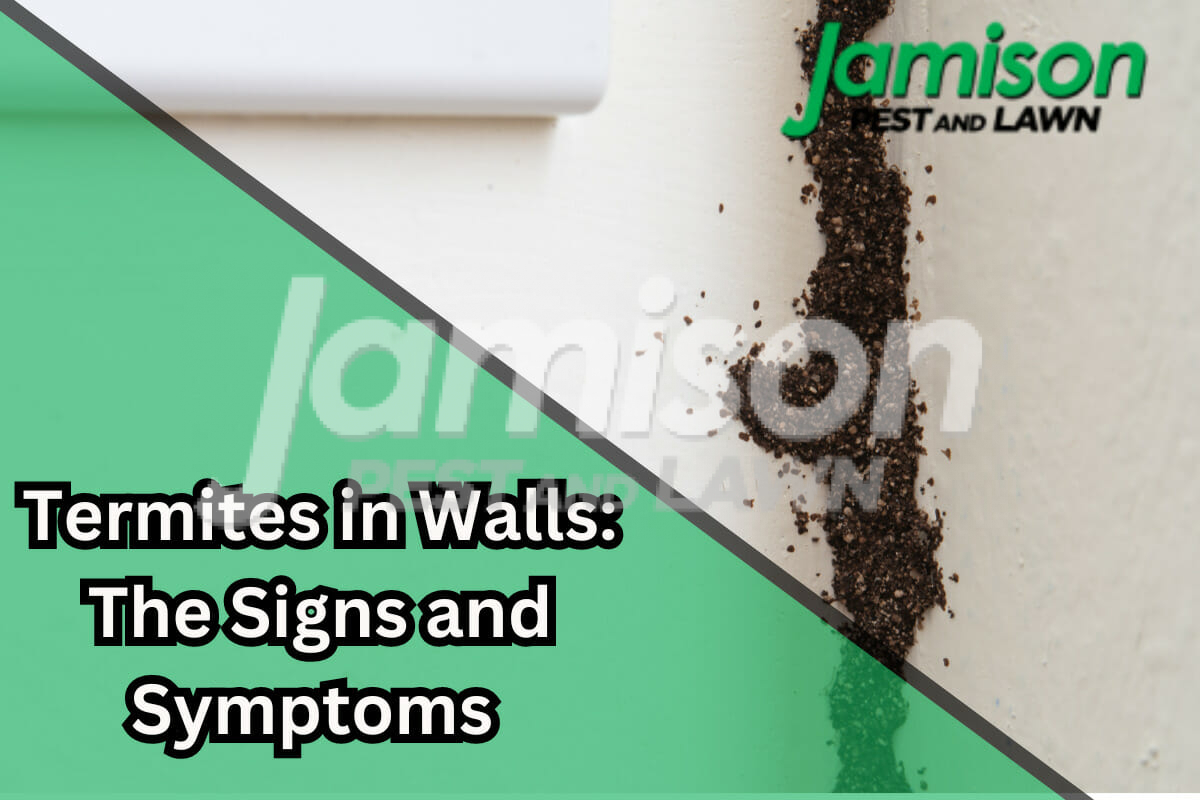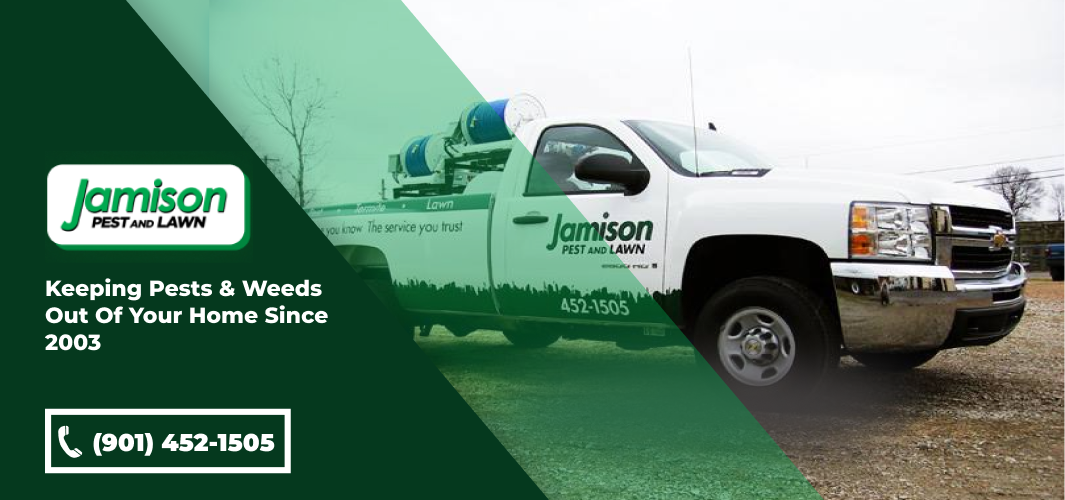Have you ever wondered what’s silently eating away at the very foundation of your Memphis home? It’s termites, the tiny brown insects that live and tunnel through wood, wreaking havoc on your property without you even realizing it.
They are nature’s recycling crew, breaking down cellulose-rich materials. But when they set their sights on your walls, floors, and ceilings, they become a homeowner’s worst nightmare.
Imagine this: You’ve invested your hard-earned money into creating a safe and comfortable home for your family. However, just beneath the surface, these tiny terrors are silently feasting on your investment. But don’t worry, we are here to help.
At Jamison Pest and Lawn, we make it a point to inform homeowners of the effects that termites have on their home and backyard. Today, we will specifically cover the topic of termites in walls, signs of an infestation, and what you can do about it.
Termites In The Walls: How Did They Get There?
Termites mostly feed on cellulose, which is widely present in wood. Since the walls of many buildings and homes often contain wood, especially in the framing and structural components. This tempts these little creatures to go inside the walls.
Subterranean termites are the most common termite species found in walls. They live in underground colonies and build mud tubes to access above ground food sources, including the wooden structures within your walls.
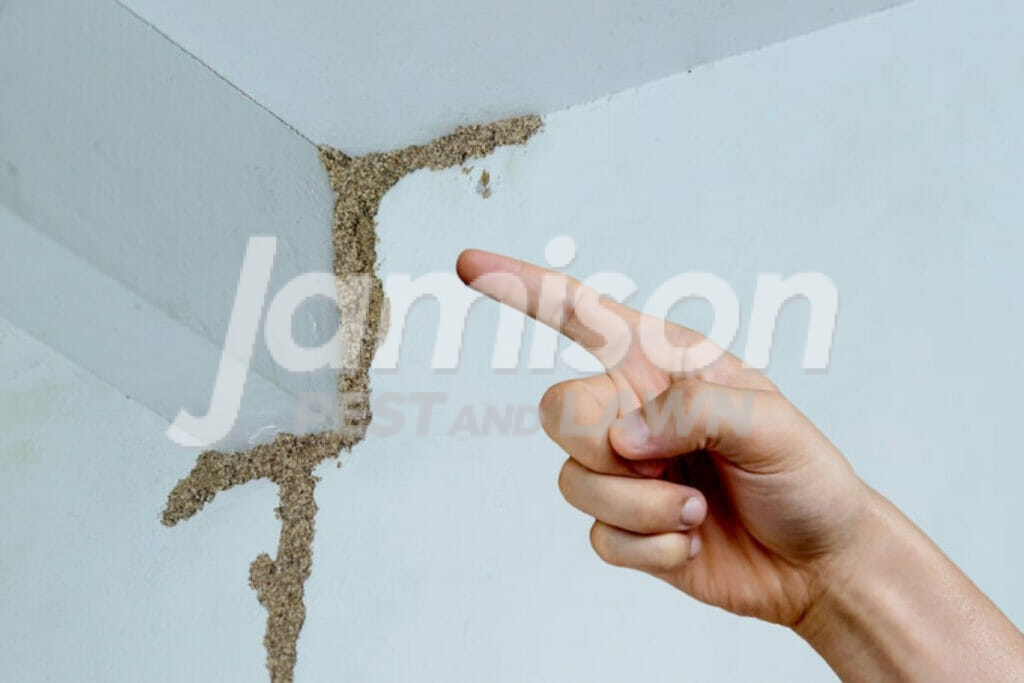
Why You Need To Be Worried
Termites in walls pose significant risks and dangers to homeowners. In this section, we’ll delve into the specifics of why termite infestations in the walls of a home should be taken seriously.
1. Structural Damage:
Perhaps the most pressing concern is the structural damage termites can inflict. Termites feed on wood, weakening the structural integrity of walls, beams, and other wooden components in your home. Over time, this can lead to severe structural instability, potentially compromising the safety of the entire building.
2. Financial Implications:
Termite damage can result in substantial financial loss. Repairing structural damage caused by termites can be an expensive endeavor. In some cases, the damage may be so extensive that it necessitates major renovations or even the reconstruction of parts of the building.
3. Decreased Property Value:
Homes with a history of termite infestation may suffer from reduced property values. Potential buyers are often wary of properties with a known termite problem, making it more challenging to sell the home at a desirable price.

Signs of a Termite Infestation
Detecting termite infestations in your walls is essential for taking prompt action. In this section, we will explore the specific signs that indicate termites have infiltrated your walls. Being able to recognize these signs can make the difference between early intervention and extensive damage.
For more information about the signs of termite damage, check out our blog post: 5 Early Warning Signs Of Termite Infestations
The Presence Of Mud Tubes
Mud tubes are a hallmark sign of termite activity, especially subterranean termites. Mud tubes are narrow, pencil-sized tube structures that you can find along exterior walls, extending up from the ground. As we mentioned above, termites mostly make their way into the walls of your home through the mud tubes from the soil.
Since they thrive in dark and damp areas, termites use these tubes to protect themselves from light and air while traveling between their nest and the wood they are consuming.\
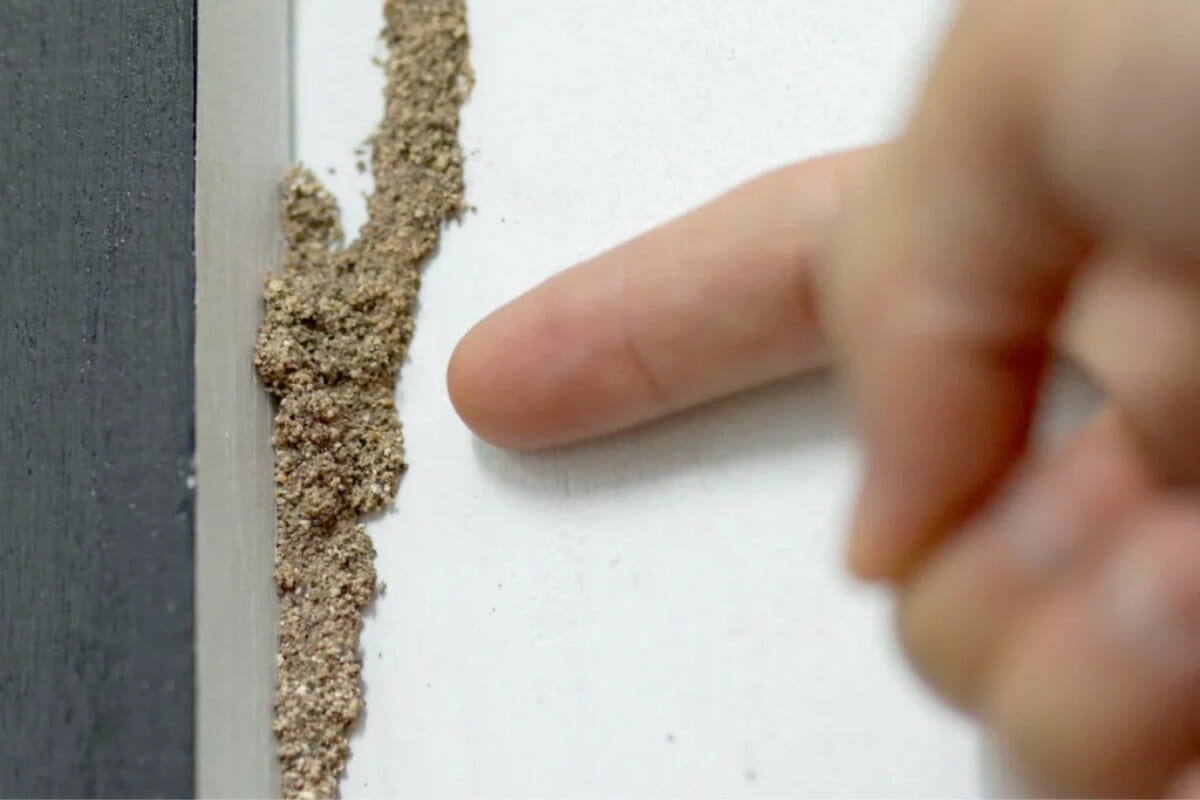
Hollowed or Damaged Wood
Another crucial sign that termites have made their way into your walls is the presence of wood that has been hollowed out. Tap on walls and wooden structures with a solid object, like a screwdriver or mallet, and listen for the sound it makes.
If you hear an echoey sound, it may indicate that termites have hollowed out the wood from the inside. Damaged wood may appear blistered or have a honeycomb appearance. The termites usually involved in this type of damage are drywood termites. Unlike subterranean termites, these do not live primarily in the soil and are more likely to do damage from the inside of your home.
Small Holes (Pin Holes)
Another common and visible sign that signals an infestation is the presence of small holes in your walls, also known as pin holes. For termites to cause damage beneath the drywall, they first have to find entry points. One way they can do this is by creating tiny holes in your home’s exterior.
Termites are skilled at exploiting even the tiniest cracks and crevices to gain access to the wooden components within your home. These small holes can be the gateway for these silent invaders to enter and start causing damage. Regular inspections to identify and seal these openings can help prevent termites from infiltrating your living spaces.
However, you need to be quite vigilant in spotting these openings as some termites can cover these holes back up to protect their species.
Warped Paint
When you notice paint or wallpaper on your walls warping or bubbling, it might be a sign that termites have made their way into your home. This happens because termites produce moisture as they eat and move through wooden structures. This moisture slowly seeps out of the wood and into the surrounding wall materials. As it does, it disrupts how well the paint or wallpaper sticks to the wall’s surface, leading to telltale bubbles and warping. While this might not seem like a big deal on its own, it’s often an early warning that termites are causing trouble behind your walls.
Discarded Wings
Sometimes, you might stumble upon discarded termite wings near your window sills, doors, or other entry points in your home. This usually happens after a termite swarm, during which termites mate. Swarming termites shed their wings once this process is complete.
So, if you find wings lying around, it’s often a clear sign that termites are in your space. It’s their way of telling you that they’ve made themselves at home, and it’s time to take action.
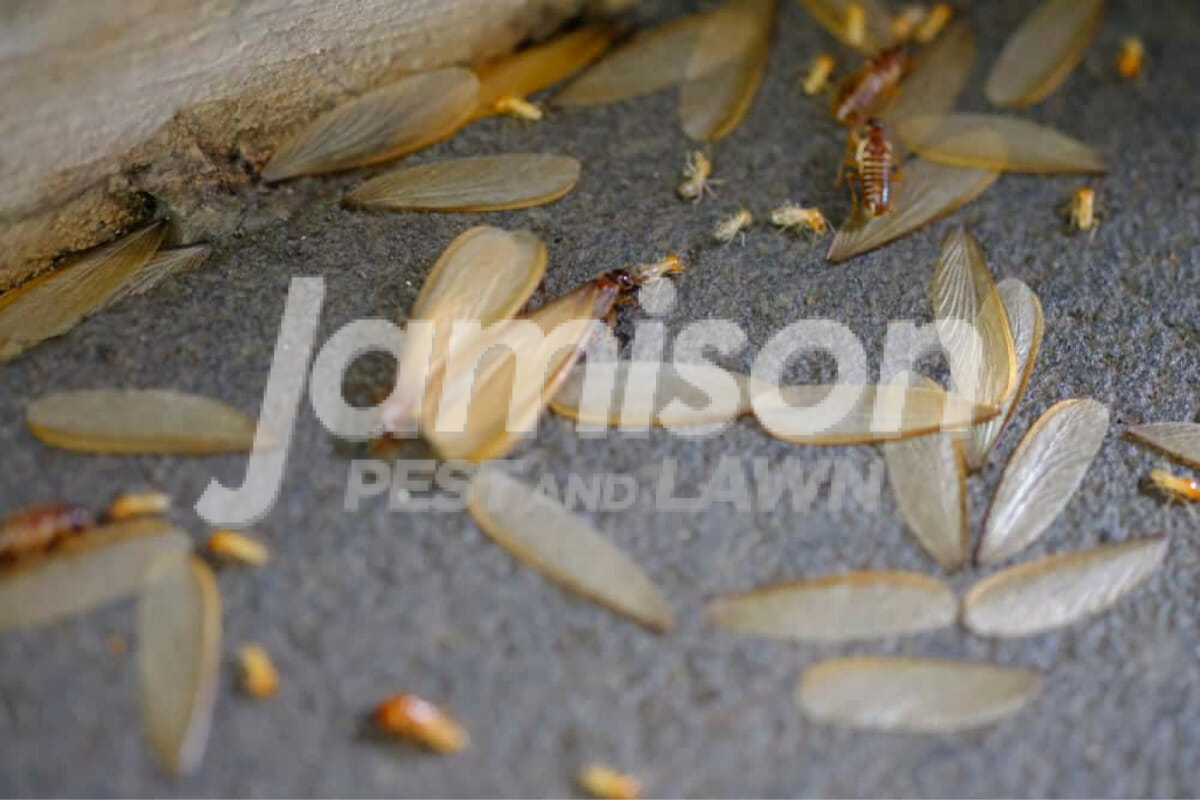
How To Treat The Termite Infestation: DIY vs. Professional
Now that you know the signs of termites in your walls, let’s move on to another question: how do you get rid of them? You will have to choose between two options: DIY pest control or hiring a professional.
DIY pest control methods involve the use of natural methods or chemical sprays that you use on your own. However, you should understand that a DIY approach only works to a certain extent. For example, when you have spotted the signs early.
If you have widespread termite activity or multiple infested areas, professional intervention is necessary. Repeated infestations, despite DIY efforts, indicate the need for expert assistance, such as from the team at Jamison Pest and Lawn.
Protect Your Home with Jamison Pest and Lawn
Are you dealing with pesky pests or concerned about termite infestations? Don’t wait until the problem gets worse. Trust Jamison Pest and Lawn, your local pest control experts, to safeguard your home and provide you with peace of mind. We can deal with termites in the walls and in other areas of your home, so contact us today at (901) 452-1505.



